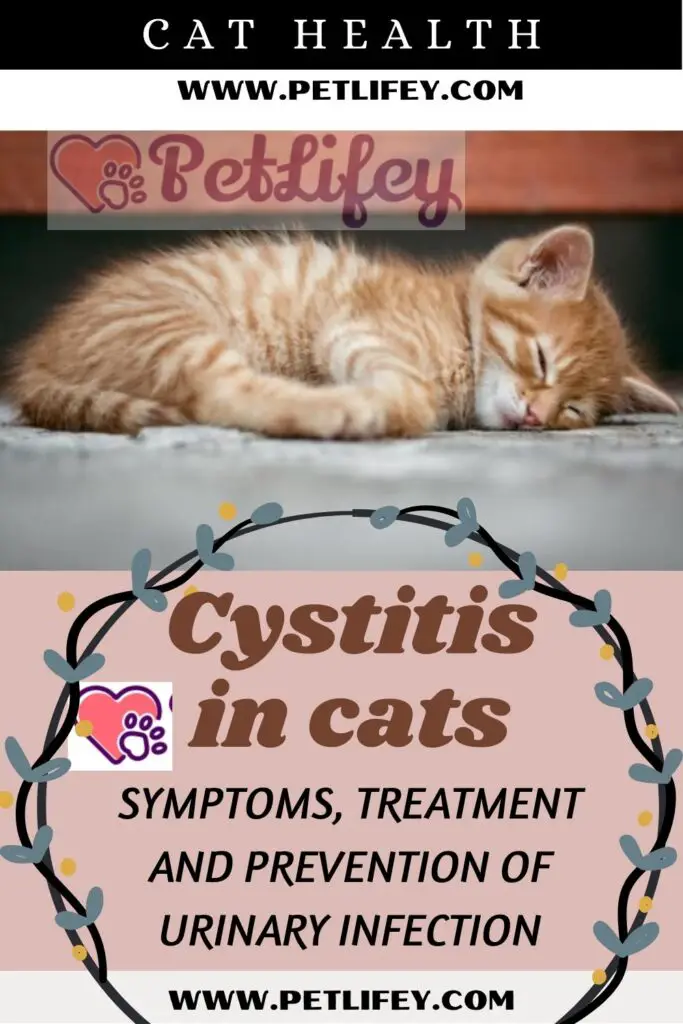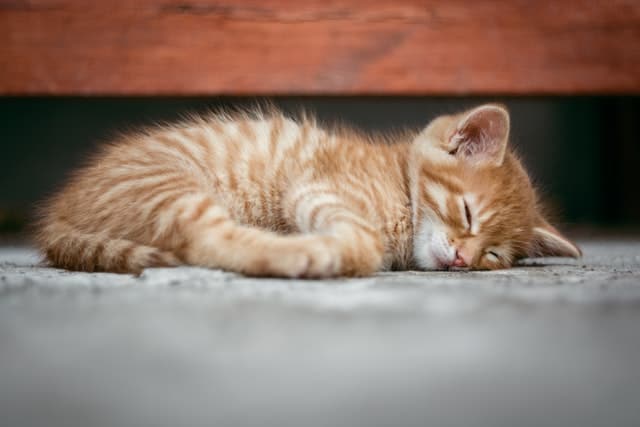
Cystitis in cats is one of the most common and annoying urinary tract infections among felines: let’s find out what the symptoms are and how to treat and prevent the problem.
Among the most common urinary tract infections in cats, cystitis is probably the most common: fortunately, it is also an easy problem to diagnose and treat. In this article, we will explore the topic of cystitis in cats by identifying symptoms and possible natural cures and remedies, without neglecting the rules for effective prevention.
Cystitis in cats: everything you need to know

Cystitis is a urinary tract infection that affects the bladder of the urethra in the cat, causing the animal various problems including pain when urinating. In severe cases, the cat may even stop urinating: the inflammation causes the formation of crystals that can block the passage of urine.
The infection can be triggered by various factors: bacteria, stones, tumors, parasites, fungi and drugs are the most frequent. Furthermore, there is a so-called idiopathic cystitis that affects the overly stressed cat: in these cases it is possible that at the base there are sudden and important changes that have destabilized the habitual balance of our four-legged friend.
Symptoms of cystitis in cats
The key thing when it comes to cystitis is to recognize the symptoms as soon as possible, in order to act accordingly: if neglected, in fact, this pathology of cat urinary infections could lead to much more serious health problems.
Thankfully, the symptoms of cystitis are easily recognizable and identifiable:
– Difficulty in urination> the cat feels the urge to urinate and feels pain when he tries, plus he is unable to evacuate if not a few drops of pee. In addition, it often fails to reach the litter box: cystitis causes feline incontinence.
– Blood in the urine> especially when the infection is particularly acute, it is possible to speak of hemorrhagic cystitis which causes the presence of blood loss in the urine, which can be noticed when cleaning the litter box.
– Aggressive behaviors> the cat with cystitis feels severe pain and vents this suffering in aggressive behavior with no apparent cause. They may also pity strange attitudes, such as persistently biting their tail.
– Hair loss in the genital area> the cat with a urinary tract infection often licks the hair in the affected area incessantly. This means that the hair can gradually spread out due to the continuous rubbing.
Diagnosis and treatment of feline cystitis
If we notice one or more of the symptoms described, it is essential to take the cat to the vet who will carry out a visit and specific urine tests. Afterwards, the doctor will prescribe any antibiotic drugs and a series of useful measures to treat the cat’s cystitis.
Among the best remedies for cystitis, the main one consists in encouraging the cat to drink as much water as possible: just as happens when this infection affects people, the water helps to clean the internal mucous membranes of the bladder and slowly dilute the infection. .
For the same reason, it is best to at least temporarily replace the dry food in the cat’s diet with wet food, which can contribute to the hydration of the feline organism and maintain the right levels of urine.
If, on the other hand, cystitis is caused by stressful environmental factors, the causes must be reduced as much as possible. Another valid ally in these cases is the pheromone spray, which triggers a reaction of well-being in the stressed cat.
Finally, a mention of prevention: cystitis in cats is prevented by always making sure that the cat drinks the right amount of water for its needs, every day.






